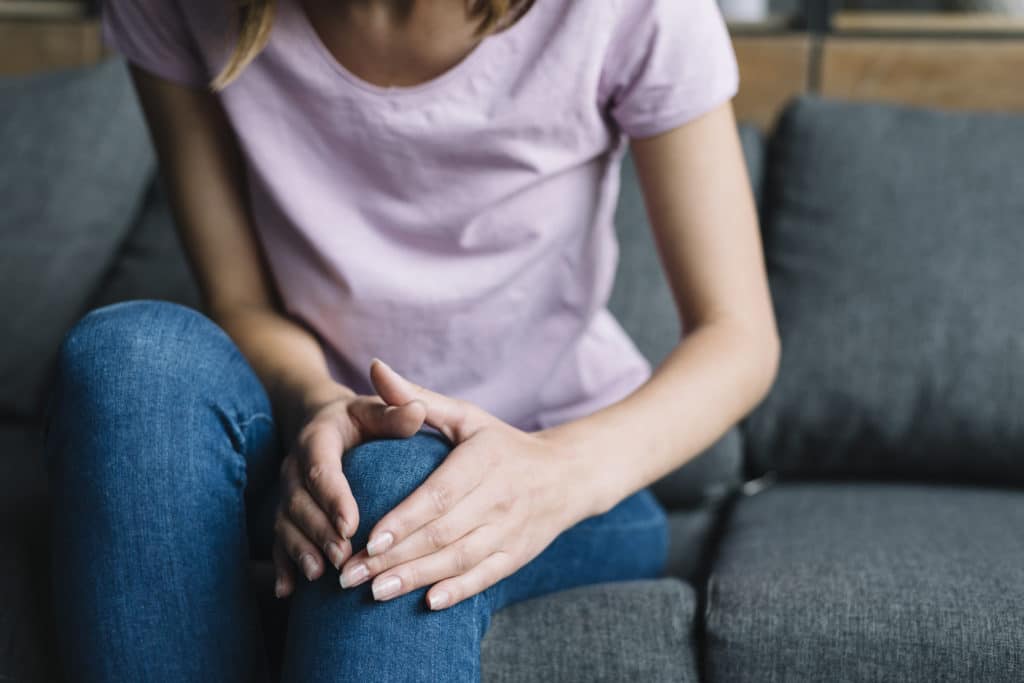When we talk about vein disease, we can be talking about a variety of different conditions. Our veins can be impacted in several ways. One of the different vein conditions is known as venous hypertension. This condition is described as having high pressure within the veins of your legs. Specifically, venous pressure will impede blood flow to your capillaries. While that may not sound serious based on the description, it can make it difficult just walking around. Common symptoms of venous hypertension include tenderness, pain, swelling, leg ulcers, and even skin changes. Handling these symptoms on a daily basis is not fun. We can treat your venous hypertension in a variety of ways.
What to Treat
When considering treatments for venous hypertension, it is important to understand where the condition comes from. It is believed venous hypertension is caused by chronic venous insufficiency, a vein condition resulting from weak vein valves. This causes blood to begin pooling in your veins. Chronic venous insufficiency can also lead to other common vein conditions such as varicose veins, spider veins, and more. In order to treat venous hypertension, we need to target the problem of your chronic venous insufficiency. By relieving the blood pooling in your veins, you will see your venous pressure drop. Take a look at the variety of treatments we have to target chronic venous hypertension.
Compression Garments
A basic treatment that most patients of chronic venous insufficiency often start out with is wearing compression garments. These are often socks or sleeves that are designed to promote a healthy blood flow in your limbs. In your legs where chronic venous insufficiency is most common, the sleeves will help apply pressure where it is needed. This type of treatment is successful for those with mild chronic venous insufficiency. Compression garments come in a variety of strengths and will be prescribed based upon your need. Since venous hypertension is caused by increased pressure in your veins, it is important to have the correct compression strength. More significant cases of venous hypertension will require other treatment options that we can provide in our office.
Radiofrequency or Laser Ablation
As blood begins to pool in the veins and causes hypertension, it can also cause varicose veins. These types of veins appear thick and ropelike just under the surface of your skin. They can be painful, especially when you find additional pressure in your blood flow. One popular treatment we provide to treat this type of chronic venous insufficiency is called a vein ablation. This procedure can be done with radiofrequency or laser energy to permanently close down a faulty vein. We make tiny incisions along the vein where a small probe will be inserted. Energy is directed toward the vein, causing it to collapse. The body will absorb the vein and redirect blood flow through the many other pathways in your leg. This treatment will help get rid of unsightly varicose veins and reduce stress and hypertension in the veins. Radiofrequency and laser ablation treatments are an alternative to vein stripping, a now outdated procedure that leaves patients with extended bedrest. Radiofrequency and laser ablation treatments are minimally invasive and can be done in 45 minutes. You will be able to leave immediately following your procedure. We may ask you to wear compression sleeves to speed up the recovery of your incisions and promote healthy blood flow right away.
Sclerotherapy
Another treatment option that will find similar results as ablation is sclerotherapy. This procedure can help you reduce the pressure in your veins by also closing down faulty veins. Sclerotherapy can be used in conjunction with ablation treatments to get rid of unsightly veins. Sclerotherapy works by injecting a chemical solution, in this case sclerosant, that will irritate the faulty vein causing it to close down and be reabsorbed back into the body. Similar to ablation treatments, we will make a tiny incision along the vein. Sclerotherapy can provide the same benefits without the need for general anesthesia or a long recovery. Similar to ablation treatments, you will need to wear compression sleeves following the treatment for quicker recovery and results.
Leads to Results for Venous Hypertension
As you can see, these treatments may not treat venous hypertension exactly but will cause the pressure in your veins to be more relaxed. These treatments will help you find better vein health and cause symptoms of venous hypertension to fade. If you are ready to find healthy veins, make sure to call the Laser Vein Center today. Your treatment plan starts with a free consultation to find the cause of your vein insufficiencies followed by a treatment plan designed just for you. Call today to see which of these incredible treatments can help your venous hypertension.

